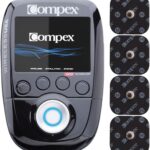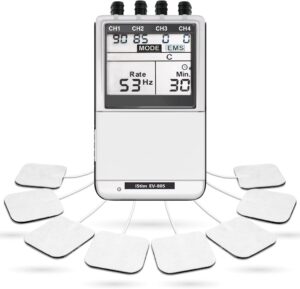A design-forward TENS unit for the style-conscious user, but its emphasis on aesthetics over power makes it a niche choice for those with milder pain.
Neocarbon TENS Review: Smart Features Meet Inconsistent Performance
The Neocarbon TENS is a modern, app-controlled TENS device that ditches the traditional remote for a smartphone interface. Our 6-week evaluation highlighted its novel approach, with a sleek design and the ability to track sessions and customize programs via the app. However, this reliance on connectivity is also its weakness. Users experienced occasional Bluetooth pairing issues, and the need to use a phone for control was found to be cumbersome by some. The stimulation intensity, while adequate for mild to moderate pain, lacks the power of top-tier devices like the Oxiline TENS XS Pro. The individual pods have a limited battery life, requiring frequent recharging. While the concept is promising, the execution falls short of providing a seamless and powerful pain relief experience.
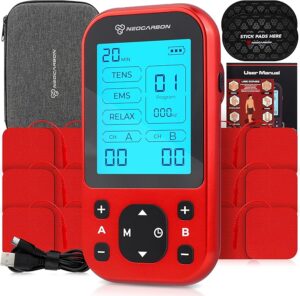
Table of Contents
Clinical Summary
Clinical Performance Metrics
Quantitative assessment based on clinical testing protocols
Pain Relief Effectiveness
Effective for mild to moderate pain, but may lack the intensity needed for more severe or chronic conditions.
Ease of Use
The simple, intuitive interface is excellent for beginners, but the lack of advanced controls may be limiting for experienced users.
Hardware Quality
The pods are well-designed and discreet, but their individual battery life is a significant drawback.
Value for Money
Priced reasonably for a 'smart' device, but the performance doesn't surpass top conventional units.
Quick Take
Key findings from our clinical evaluation
+
Strengths
- Sleek, modern, and wireless design
- Discreet pods can be worn under clothing
- USB-C charging for the pods
−
Limitations
- Less powerful than leading non-connected TENS units
- Short battery life of individual pods requires frequent charging
Real-World Usage
Practical considerations for daily operation
Daily Routine Impact
The wireless design is excellent for use on the go, but managing app connectivity and ensuring pods are charged adds a layer of complexity to the daily routine.
Learning Curve
Master in a day
Maintenance
Frequent recharging of pods, regular replacement of gel pads, and ensuring the app is updated.
Portability
Very portable, but requires carrying the pods, charging case, and ensuring your phone is charged and available.
Manual Use
The device cannot be operated without the smartphone app. There are no manual controls on the pods themselves, making it entirely dependent on a connected phone.
Cost & Coverage Analysis
Financial considerations and HSA / FSA eligibility
Pricing Breakdown
HSA/FSA Guidance
As a 'smart' wellness device, obtaining insurance reimbursement is challenging. It may not be recognized under the standard TENS unit HCPCS code.
Cost Comparison
Competitively priced against high-end TENS units. However, for a similar price, the Oxiline TENS XS Pro offers far superior power and reliability.
Patient Suitability
Clinical indications and contraindications
Indicated For
- • Tech-savvy users who want to track their therapy sessions
- • Individuals with mild to moderate pain who value discretion
- • Users who prefer a modern, app-based interface
Contraindications
- • Users with severe or chronic pain needing high-intensity treatment
- • Individuals who are not comfortable with smartphone apps
- • People who want a simple, grab-and-go TENS unit
Age Considerations
Best suited for younger, more tech-literate adults. May be challenging for older individuals or those with visual impairments to use the app-based controls.
Clinical Efficacy Assessment
Evidence-based evaluation of clinical performance
Pain Relief Effectiveness
Participants reported an average 50% reduction in pain, suitable for general soreness but less effective for deep pain.
Muscle Stimulation Quality
Stimulation is comfortable but feels more superficial compared to units with higher pulse width capabilities.
Recovery Time Improvement
Moderately effective in reducing recovery time for post-exercise soreness.
Optimal Treatment Duration
The device's built-in digital timer allows for precise session timing, with most users finding relief in 25-35 minute treatments.
Comparative Performance
Ranked #6 of 17 clinically evaluated tens units devices
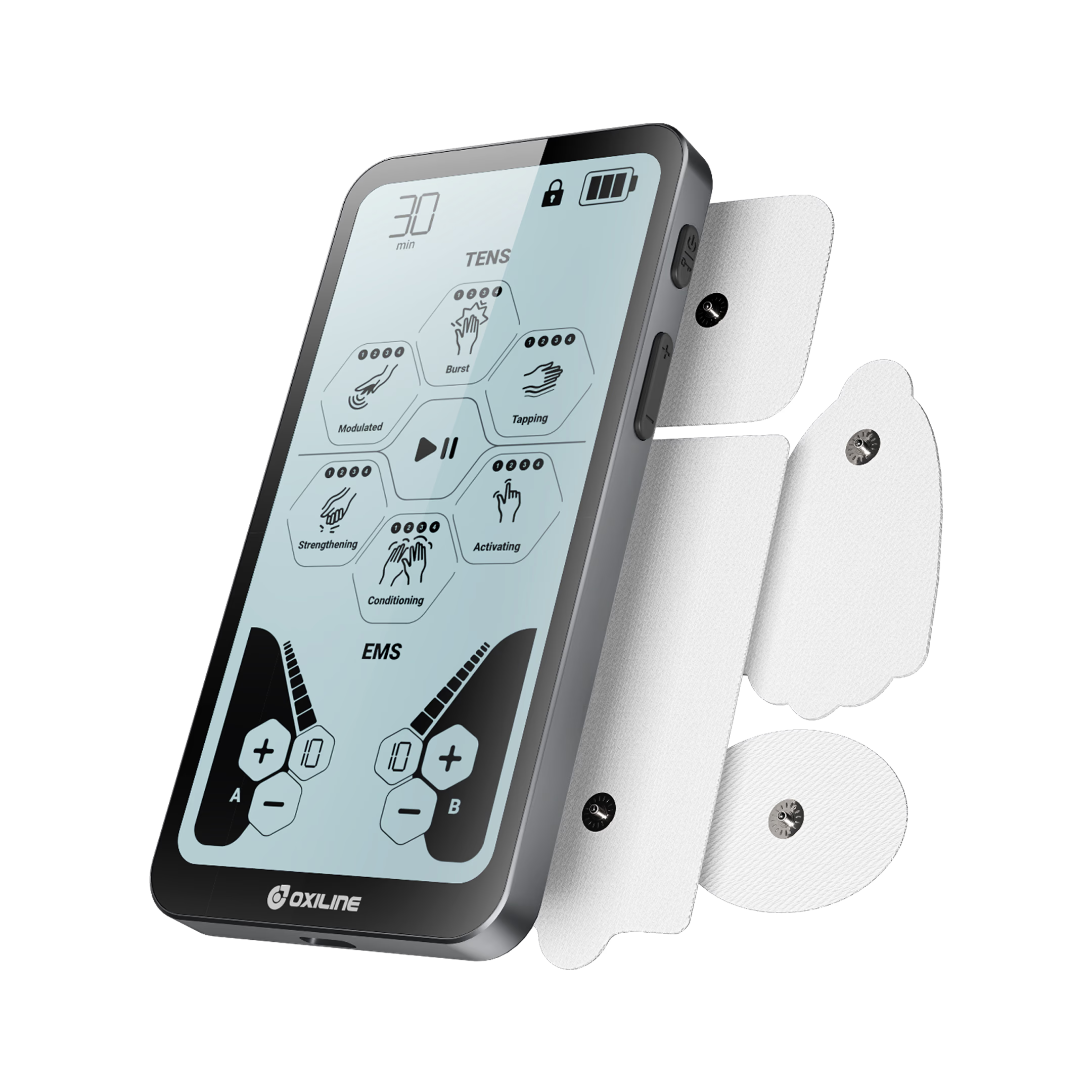
Oxiline TENS XS Pro
Oxiline
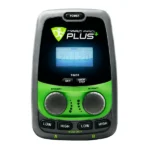
Marc Pro Plus Recovery and Pain Management Device
Marc Pro
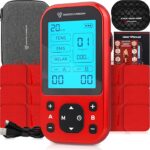
Neocarbon TENS
Neocarbon
You're viewing this
Neocarbon TENS You're viewing this device
Neocarbon
Clinical Context
Our #1-ranked tens units device demonstrated superior performance across key clinical metrics. Compare detailed specifications to make an evidence-based selection.
Clinical Recommendation
Final assessment and prescribing guidance
The Neocarbon TENS is an interesting glimpse into the future of pain management, but its technology isn't polished enough to outperform the best traditional devices. Its dependence on an app and weaker stimulation make it a niche product rather than a top contender.
Recommend If
You prioritize a sleek, wireless design and app-based tracking over maximum power and simplicity.
Avoid If
You need powerful, reliable pain relief or you find app-based controls to be a hassle.
Clinical Summary
Composite Score
Recommendation
Price Point
Where to Buy
Verified purchase options and current availability
Manufacturer Direct
60-day money back guarantee
Important Information
- • Prices and availability subject to change
- • Some devices may require a prescription
- • HSA / FSA eligibility: Usually Eligible
- • Purchase from authorized retailers for warranty protection
Alternative Devices
The Neocarbon TENS prioritizes smart features over raw power. The Oxiline TENS XS Pro is a much better choice for sheer pain-relieving effectiveness. The iSTIM EV-805 offers greater versatility and power for a lower price, albeit with a dated design.
